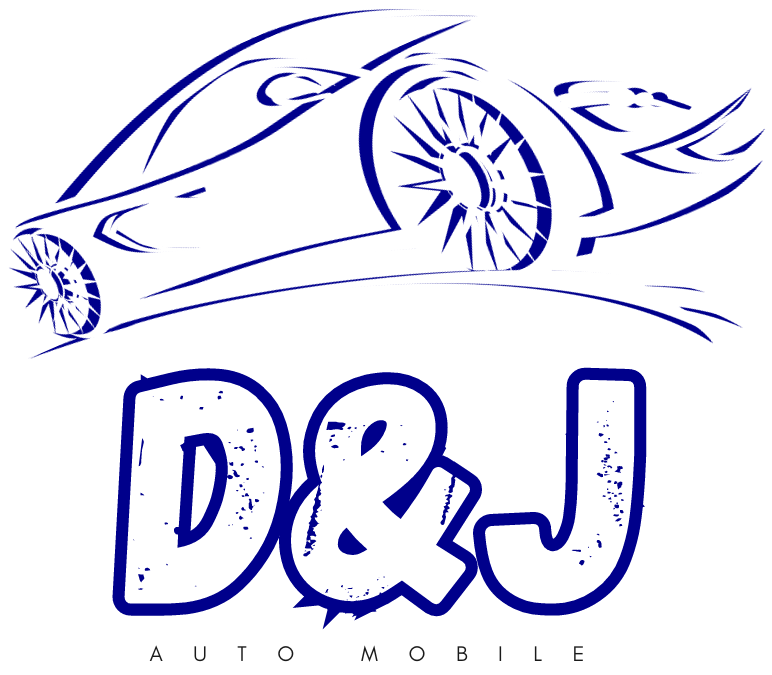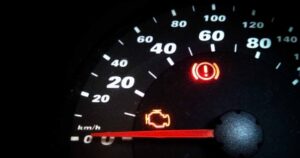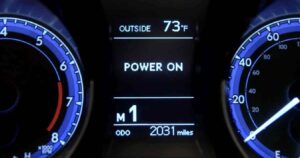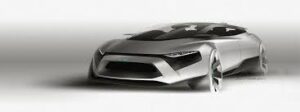If you own an automatic car, you’ve probably wondered about the meaning of “DS” on your car’s shifter at least once. This is a common curiosity among drivers, given that the DS option is something you encounter regularly when operating your vehicle.
To shed light on this intriguing feature, we’ve scoured the internet for answers and compiled this comprehensive guide. By the time you’ve finished reading it, you’ll have a clear understanding of the purpose and functionality of DS in a car.
There are several different driving modes available, but among them, the three most common ones are:
Table of Contents
ToggleEco Mode
Eco mode is the ideal choice if you’re aiming to reduce your car’s environmental impact. In Eco mode, your car’s gear ratio adjusts to limit engine revving, and the throttle response may be less immediate.
This mode is perfect for enhancing your car’s fuel efficiency while also contributing to a greener planet.
Comfort Mode
Planning a road trip? Consider switching to Comfort mode. This mode is finely tuned to enhance both driver and passenger comfort.
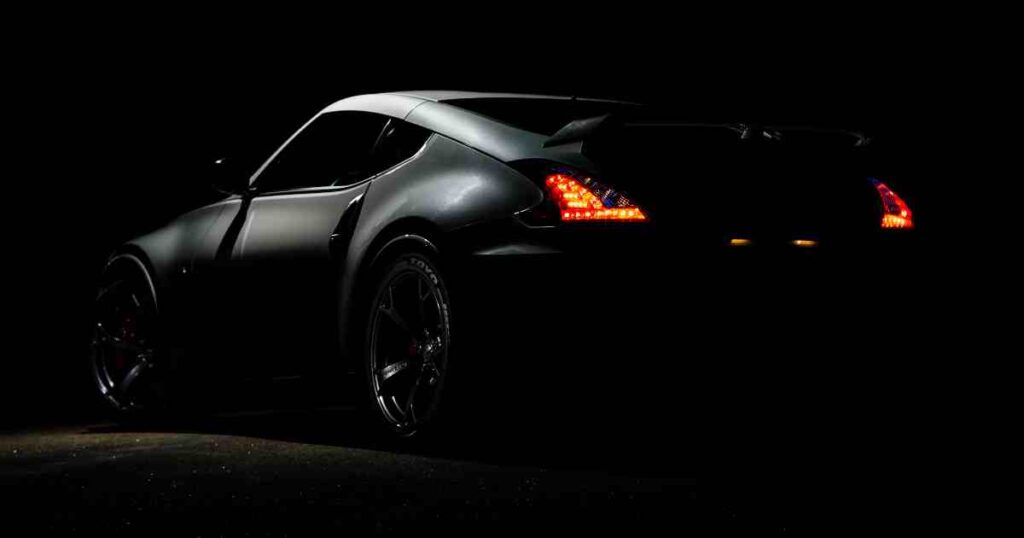
It may soften the suspension, incorporate some aspects of Eco mode to improve fuel economy, and even boost your car’s overall performance compared to standard Drive mode.
Sport Mode
If you’re craving an exhilarating driving experience with enhanced steering responsiveness, Sport mode is your go-to choice.
While Eco mode helps you save fuel, Sport mode has the opposite effect, potentially increasing fuel consumption.
However, it promises a more thrilling ride compared to simply driving in standard Drive mode.

What exactly does DS stand for in a car?
DS is the abbreviation for “Drive Sport.” Its primary role is to give your car a more aggressive performance, albeit at the expense of some ride comfort.
DS is a captivating feature that can enhance your driving experience, akin to the excitement provided by the accelerator pedal and rear suspension.
Specifically, it operates as an option within the automatic shifter, activating the drive shift mode.
When in DS mode, you’ll immediately notice a sportier feel, particularly in the way the car handles around the steering wheel.
This mode allows you to experience aspects of racing cars, from extended shifting processes to more pronounced gear changes.
Furthermore, you have the option to shift the car while in DS mode manually, but it still offers automatic shifting when you approach the redline. In essence, the DS feature allows you to experience the workings of a manual transmission without the need for a clutch pedal.
DS makes your car more responsive by enabling rapid gear shifts in automatic mode when you pull the gear shift lever back.
Transitioning from the lowest gear to the second gear happens much quicker, enhancing your driving experience.
Now that you’re familiar with what DS means in a car, you might be wondering if all cars come equipped with this feature. The concise answer is that not all vehicles are equipped with the DS mode.
First and foremost, your car must be equipped with an automatic transmission, as the DS feature’s purpose is to transform an automatic drive into a manual-like experience.
If your vehicle is already a manual transmission model, where you control the gears manually, there won’t be a DS function available.
Instead, some cars offer a feature called paddle shifters, which serve a similar function to the DS mode found in automatic transmissions.
But what about the potential impact of the DS feature on your car’s well-being? It’s undeniable that the DS feature can significantly increase your car’s engine speeds.
However, it operates under the watchful eye of your car’s computer system.
Manufacturers have implemented multiple safety measures to prevent accidental harm to your vehicle while in DS mode.

For instance, if you shift too late or too early, the Electronic Control Unit (ECU) will intervene and prevent any potential harm.
This unit typically remains inactive but closely monitors your car’s performance. If it detects any thresholds being exceeded, it takes immediate action.
Therefore, you don’t need to worry about causing engine damage by failing to shift at the right time. Furthermore, the rev limiter further reduces the risk.
The primary concern with DS mode is the wear and tear on your engine. However, this wear and tear is similar to what your engine experiences in normal driving mode.
Now, you may be wondering if DS mode adds horsepower to your car. Some drivers believe that the increased acceleration in DS mode indicates more horsepower.
This assumption is, in fact, accurate, as DS mode enables improved horsepower without harming the engine.
To elaborate, the DS mode’s programming instructs your automatic transmission to favor higher engine speeds, bringing your engine closer to its power band, thus allowing for greater speed. This doesn’t require additional power from the engine since the force you apply to the gas pedal remains consistent.
Moreover, your engine needs less throttle to accelerate in this mode, resulting in reduced gas consumption for your vehicle.
Does DS Mode Alter Your Car’s Noise Level?
Whether DS mode makes your car louder or not depends on the specific type of DS mode your car is equipped with.
Some DS modes leave the exhaust system untouched, while others make adjustments to increase air intake.

As a result, in cars with DS modes that modify the exhaust system, you will notice a significant increase in the car’s noise level.
The preference for higher engine revs, common to all DS modes, does produce more noise. However, it may be relatively subtle, making it difficult for many people to distinguish based on revs alone.
Is It Safe to Drive in DS Mode All the Time?
As mentioned earlier, driving in DS mode does not cause abnormal damage to your engine. The fail-safes implemented by vehicle designers are highly effective, and there are multiple safety mechanisms in place.
Moreover, the wear and tear on your engine in DS mode are not significantly higher compared to normal driving mode. However, it does place some additional strain on the engine.
Therefore, we recommend using DS mode in your car for shorter periods rather than continuously.
How to Deactivate the DS Feature?
Deactivating the DS drive mode while driving is a straightforward process. Look at your shifter, and you’ll find a “D” option, which will return your car to the normal Drive mode.
The Electronic Control Unit (ECU) constantly monitors your car to ensure a smooth transition, allowing you to switch modes at any speed. However, it’s advisable not to do this while flooring the gas pedal.
D Mode vs. DS Mode
As previously mentioned, the “D” mode represents the standard driving mode with automatic shifting, essentially the mode you use during typical driving.
In contrast, DS mode offers a more aggressive acceleration, a hands-on shifting experience, and improved throttle response.
It also carries a slight risk of engine wear and requires heightened attention while driving. If you ever notice the intermittent flashing of the Check Engine light, it’s a signal that your car may require a checkup.
Furthermore, it’s important to note that some DS modes can make your car considerably noisier than in regular driving mode.
Meta Description: “Discover the meaning of DS in a car, its features, and implications. Learn when to use DS mode, how to turn it off, and its impact on your vehicle’s performance. Explore the world of automotive technology.”
Tags: DS mode, DS meaning, car features, driving modes, automotive technology, vehicle performance, DS mode in cars
Conclusion:
In conclusion, we’ve delved into the intriguing world of DS mode in cars and deciphered its meaning: “Drive Sport.” This mode offers a more spirited driving experience, with features like aggressive acceleration and enhanced throttle response. While it may increase engine noise and require extra attention from the driver, DS mode is generally safe and well-controlled by your car’s computer system.
Whether you should use DS mode regularly or sparingly depends on your preferences and driving habits. Just remember that it’s essential to understand the nuances of this mode to make the most of its benefits without compromising your vehicle’s well-being. So, the next time you see “DS” on your car’s shifter, you’ll know exactly what it means and how to harness its power.
FAQs
What does DS mean in a Nissan?
In a Nissan, DS generally refers to “Drive Sport,” the same as in other cars. It’s a mode that enhances performance and provides a sportier driving experience.
Should I drive in D or DS?
Whether you should drive in D (Drive) or DS (Drive Sport) depends on your preferences and driving conditions. D is suitable for everyday driving, while DS offers a sportier experience with quicker acceleration.
What is DS on a car?
DS on a car stands for “Drive Sport.” It is a driving mode that enhances performance by providing more aggressive acceleration and throttle response.
Is it bad to skip gears when down shifting?
It is generally not advisable to skip gears when downshifting in an automatic transmission. Downshifting sequentially helps maintain smoother transitions and prevents excessive strain on the transmission and engine.
Can I drive my car in S mode?
Yes, you can drive your car in S (Sport) mode if it is equipped with this feature. S mode typically offers enhanced performance and is suitable for situations where you want more responsiveness and a sportier driving experience.
Can I shift from S to D while driving?
You can usually shift from S (Sport) to D (Drive) while driving without any issues in most automatic transmissions. However, it’s a good practice to do so when the vehicle speed and engine RPMs are compatible with the chosen mode.
